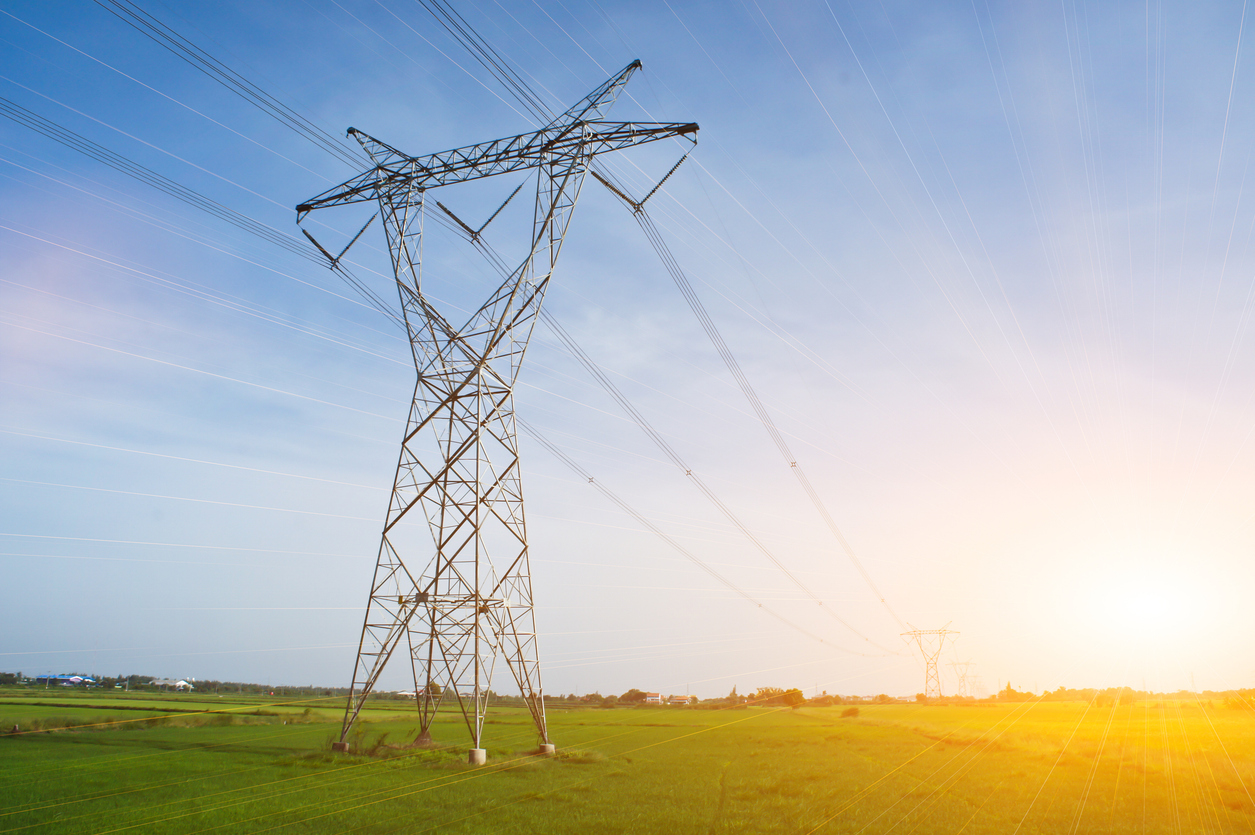By PHILIP HOPKINS
SUBMISSIONS on the state government’s draft renewable energy zones (REZs) and transmission lines closed on Tuesday this week, but VicGrid’s chief executive, Alastair Parker, said the immediate deadlines were not Gippslanders’ last chance to comment on the proposals.
“It’s just the ‘big picture’ strategy,” Mr Parker told the Express, as critics maintain the total cost to households and business to upgrade Victoria’s electricity grid to take renewables will be closer to $20 billion, not $4.3 billion cited by the state government.
Mr Parker said the final plan would be published on July 31. Based on this, the Energy Minister would consult further on the REZ boundaries, and once this process was completed, in October-November, the boundaries “will be declared”.
For the transmission projects in Gippsland, the study area will be published.
“We will work with landholders over the next couple of years,” he said – “hundreds of landowners, I suspect, but we will narrow down and end up with 80 to 90”.
Mr Parker said the first offshore wind farm project was expected to be in place by 2032.
“There is time for the right decisions to be met,” he said, but Yallourn power station would haver closed by then.
“The projected preliminary cost of the Gippsland transmission lines at this stage is $4.3 billion, but clearly that is not the final amount. There is still a lot of work to do, still decisions on whether over ground or underground. Underground would have a big impact on costs,” he said.
“The government will spend a certain amount on transmission and will have a competitive process to build and operate the transmission lines with a timeline of 40 years. The aim is to lower electricity bills for consumers.”
Mr Parker said VicGrid was aware of the existing infrastructure in Gippsland such as Bass Link, but also of the new infrastructure projects being undertaken like CarbonNet and Marinus Link.
“We work closely with CarbonNet and Marinus Link, although the latter is in a different area, and also work with plantations,” he said. Marinus Link includes an underground cable from the South Gippsland coast to the former Hazelwood power station site.
The Australian Financial Review. reported that experts estimate the bill to build the network of poles and cables is likely to be more than $20 billion.
Gippsland’s role in VicGrid’s draft transmission plan identified the need for new transmission lines in the region to support both the draft proposed Gippsland REZ and about 7000MW of offshore wind by 2040.
These developments include a new 10-kilometre transmission line between Yallourn and Hazelwood; a REZ between Morwell and Sale; a Gippsland offshore wind transmission stage 2 project, which includes a new 500kV transmission line from the existing transmission network near Driffield to Woodside, and a new 500 kV line from Woodside to Giffard; and a Gippsland Shoreline REZ between the Gippsland coast and South Gippsland Highway, from Seaspray to Reeves Beach, where offshore wind developers will need to locate underground cables that connect to a connection hub near Giffard.
The AFR said that the Victorian figure does not include key projects, such as the Western Renewables Link, the Victoria-NSW Interconnector West and the Marinus Link cable under Bass Strait, which together are estimated at more than $16 billion.
Professor Bruce Mountain, the director of the Victoria Energy Policy Centre, told the AFR there had not been realistic accounting for the cost of the transmission expansion, as shown by the Australian Energy Market Operator’s recent report. This estimated that the cost of the new transmission projects had risen between 25 and 55 per cent relative to 2024 figures.
Professor Mountain said the total capital outlays of the combined grid projects were closer to $17.5 billion, which would rise to $20 billion when accounting for interest expenses during construction.
“This is a bit over five times the total regulated value of Victoria’s existing transmission network,” he told the AFR.
Victoria aims to reach net zero emissions by 2045 and deliver 95 per cent renewable energy by 2035, when Loy Yang A power station is scheduled to close. Yallourn power station is closing in 2028 but Loy Yang B has no closure date.











